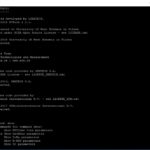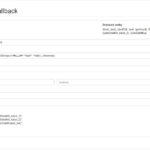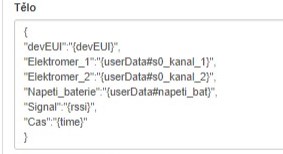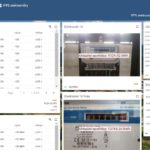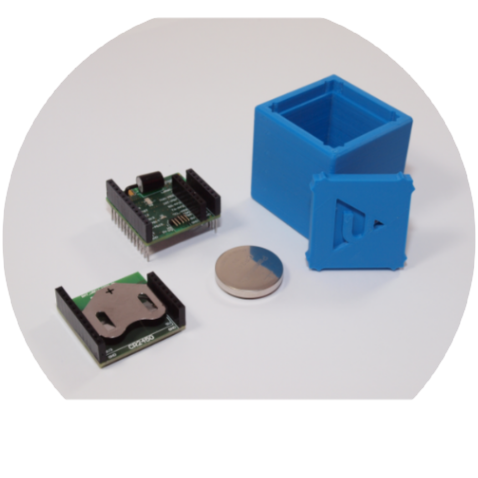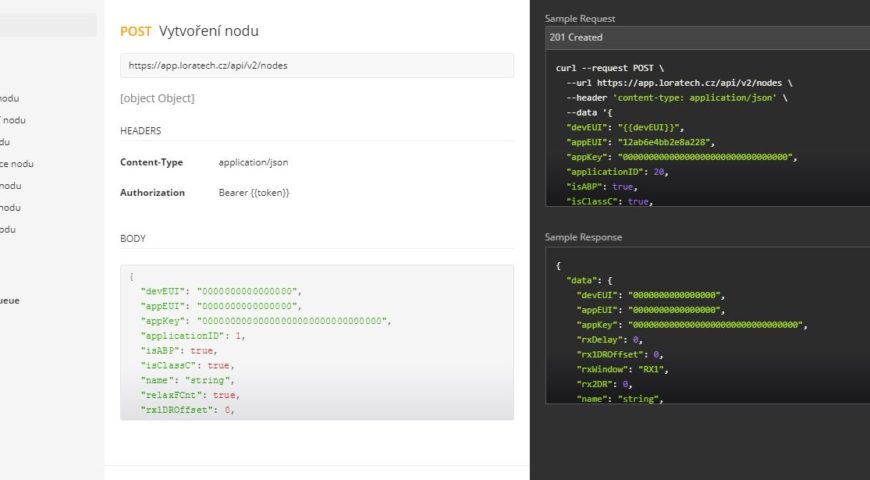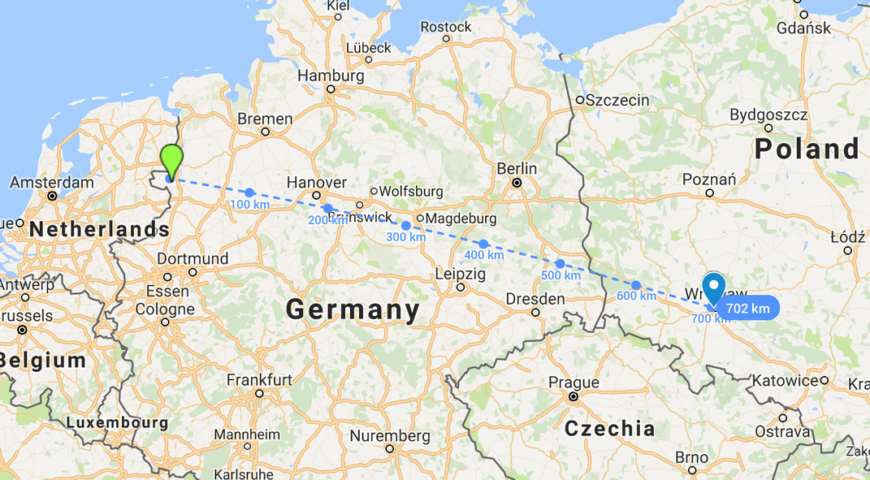What is LoRaTech COMBO node?
The LORATECH COMBO node is a scanning and remote measurement platform supplied by RVTech s.r.o. It is an expansion board for the KETCube platform for industrial use. It can be ordered in many design versions (power supply, box, functionality).
In what configurations does the LoRaTech COMBO node work?
LORATECH Combo comes in different configuration variants depending on the functionality selected. The device name consists of the product family name “LORATECH Combo” and the express chain specific to the selected hardware configuration of the device:
LORATECH COMBO AA [BBCCDDEE] -X [XX] (Y)
- The AA, BB, CC, DD or EE label encodes the available functions.
- The X, XX, or XXX label codes the available sources of power.
- Label (Y) encodes the LORATECH Combo cover solution.
LORATECH COMBO MBRSS4VMTH-BV(K)
It is a fully functional configuration in a standard IP65 enclosure (code K in brackets at the end of the label).
It enables communication via the M-BUS protocol (MB code) and through the MoDBUS protocol (using RS485) (RS code).
It can receive up to 4 different S0 signals (code S4), measures the supply voltage level (VM code) and has an integrated temperature and relative humidity sensor (code TH).
The device can be powered from a battery (code B) or from an external DC source (code V).
In addition to the covering in a standard box, it is also possible to have a version in a DIN compatible box. (the version would be marked with a D code in brackets at the end of the label)
Is it possible to configure LoRaTech COMBO node?
The LoRaTech COMBO node can be configured via UART communication with the terminal using a USB converter cable.
Based on the hardware configuration and the software activation of the individual modules, the structure of the data frame and therefore the parsing table in the LoRaTech application is developed.
The period of measurement and sending of the informations can be set.
The node supports LoRaWAN connections both through OTAA (Over The Air Activation) and ABP (Authorization By Personalization).
Comunication terminal
Using UART communication via a USB converter cable and eg. program PuTTY, the device can be configured in the LoRaTech terminal environment.
Serial Communication Settings:
- Speed: 9600 bps
- Data bits: 8
- Stop bits: 1
- Parity: No
- HW Flow control: No
- End-of-line: CR+LF or LF
- COM Port: depends on configuration of virtual COM port (in Windows COMx, / dev / ttyUSBx for Linux-based OS)
Working with the LoRaTech terminal
The terminal is case-sensitive. Commands have tree structure and help is included, so working with the terminal is quite intuitive. Commands:
- about = listing information about KETCubeMulti, Copyright, License, …
- help = list of the commands
- disable = disables the KETCube module
- enable = enables the KETCube module
- list = list of available KETCube modules
- reload = restarts KETCube
- show = listing LoRa, SigFox … parameters
- set = setting LoRa, Sigfox … parameters (set parameter changes will take effect after HW restart or after SW restart – reload command)
Debugging messages display can be enabled by enable DebugDisplay command (apply the changes by the reload command). The debugging messages can be disabled by disable DebugDisplay command (apply the changes by the reload command).
There is also a popular inline help in the terminal, that writes the commands starting with the entered letter after writing the initial letter of the command and pressing the [TAB] key, while leaving the letter at the command line for the user to continue the command. Inline help is especially useful for commands hidden deep in the tree structure, or if we are not sure about the precise form of the command (for example in case of case-sensitive commands).
Where to get and register the LoRaTech COMBO node?
You can buy the sensor at http://eshop.loratech.cz at the price of 3500 CZK without VAT and register it with https://app.loratech.cz . For the standard traffic, you pay 25CZK / month excluding VAT.
For the members of PlzenecNET PlzenecNET in the vicinity of Pilsen, this service is completely free.
The data from the application can be forwarded to the ThingsBoard visualization environment.


